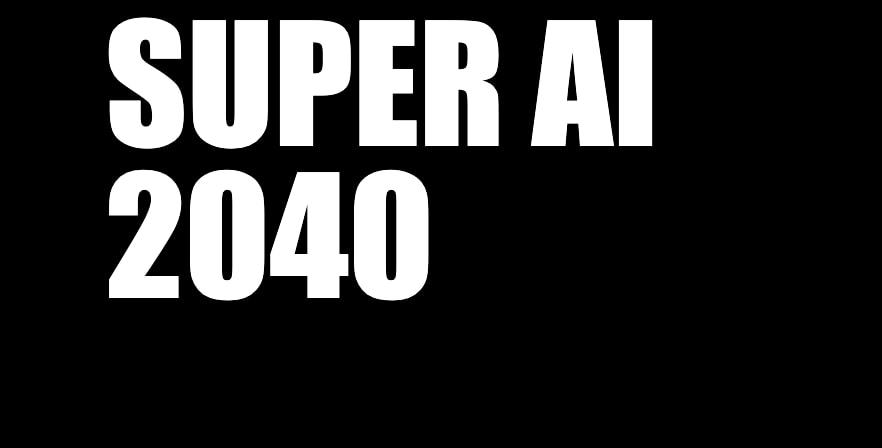Now Reading: AI in 2040: What the Future Holds
-
01
AI in 2040: What the Future Holds
AI in 2040: What the Future Holds

Rapid Summary:
- AI experts jaime Sevilla and yafah Edelman from Epoch AI analyzed trends in compute scaling, training durations, infrastructure delays, and economic impacts too forecast the future of AI.
- Compute Scaling Trends: Training compute grew 5x/year but is predicted to slow to 2.5-3x/year by 2027 due to stabilized training durations (3-6 months), partial cluster usage for runs, and infrastructure bottlenecks.
- 2030 Projections:
– Largest runs may achieve up to 1e29 FLOPs (~1000x current levels).
– Capabilities include AI automation of cognitive tasks like coding and mathematical discoveries with fewer human interventions.
– Economic implications: Annual global revenues from AI could grow into hundreds of billions USD while doubling national growth rates (estimated ~4% for the US).
- Post-2030 Developments:
– By ~2035, automation may cover all cognitive tasks cheaply as humans can perform them today. Societal shifts include unemployment spikes in entry-level jobs; higher economic growth (~10%/year).
– Physical automation via robots is slower due to manufacturing costs; alternatives like AR-based augmented labor being explored.
– GDP contribution from full-scale physical and cognitive task automation could exceed current norms exponentially post-2038-2040.
Indian Opinion Analysis:
The report highlights medium-to-long-term implications of rapid advancements in artificial intelligence through scaling trends tied tightly with compute capacity. For India, such progress carries important opportunities-and challenges. Fast-paced developments could enhance domestic industries including IT services via cheaper automation solutions while also driving transformative breakthroughs across R&D sectors like pharmaceuticals or physics.
Though, India’s notable reliance on service exports rooted in human expertise faces disruption-especially if large-scale job automation materializes before adequate reskilling initiatives are implemented. Key countermeasures such as subsidies for AI startups or re-skilled apprenticeship frameworks might be vital investments during early adoption phases (~2025-2035). Industries will need more flexible readiness globally observing overall paradigms pivot whether consisting planned execution predictable-expansion periods innovation-aftereffects-design-events toward robot low cost revisits multi-decadal planners contours assists stakeholders.shouldered.balance sliders/time scale.
Read More




























